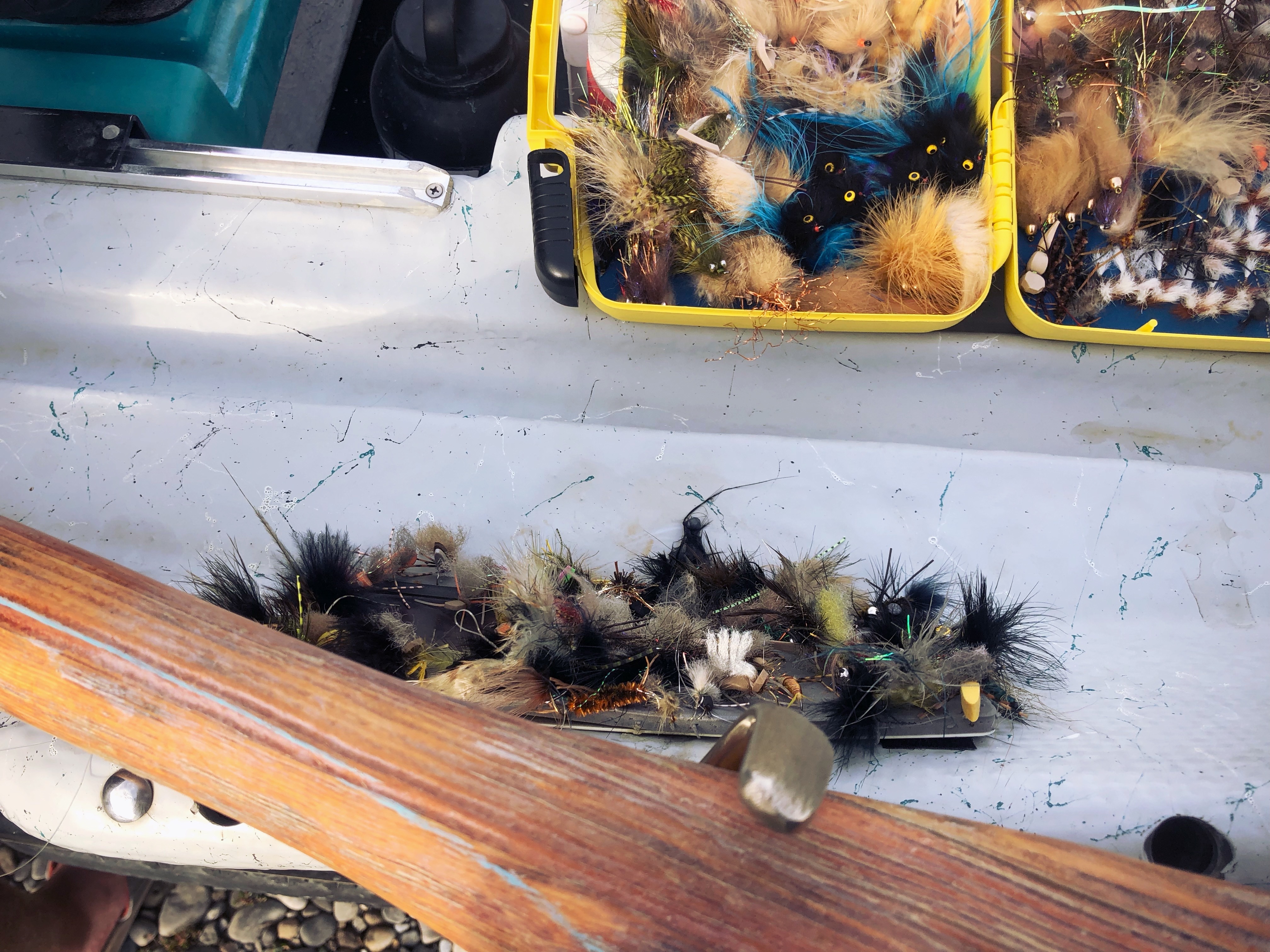Reading Water: Focus on the River’s Subtleties

Reading Water: Focus on the River’s Subtleties
Rock On
That rock in the middle of the river, or jutting off the bank, should always get your attention. Why? Because that slab of granite affects the flow of the river, altering the current and creating subtle microcurrents around it. From downstream, you’ll be able to see two distinct current lines to the right and left, where the water folds around the rock. Eventually, those currents merge like the bottom point of the letter “V.” That’s where cast number one should land, at the bottom of the “V.”
Your next casts should be right up the two current seams. The fish will usually be where the fast water meets the slower water. That dead spot right behind the rock might also be worth a cast or two, although the fish usually don’t tuck their noses right onto the stone.
Think about it. The food is washing downriver, packed into that seam where the current meets the slower water. The fish could swim out into the heavy water, but that takes energy, and the insects there are moving by at a quicker pace. If you were a fish, wouldn’t you hang out where you have to use as little energy as possible to hold your position, especially when the buffet is churning right there?
Pillow Talk
Trout like hanging out behind rocks, but it’s always worth looking in front of them as well. The hydraulic effects of water rushing downstream and pressing against a rock create a small backwave in front of the rock. Call it a cushion or pillow, but a smart (often big) trout can ride that wave just like a surfer on a board, expending little energy, and reaping the benefits of seeing and eating insects as they wash downstream.
Never leave a rock without at least making a cast or two on the front side.
Rob the Banks
The Yellowstone River is one of the last great undammed waterways in the West, and in many anglers’ opinions, the ultimate trout river. Fishing the Yellowstone with author and guide Kim Leighton for several days (many years ago) was a particularly enlightening experience, because he taught me the importance of adhering to the banks when targeting casts. Although the mighty Yellowstone is wider than a four-lane highway in some areas, it is amazing how much of the trout population can be found within feet, if not inches, of its banks.
The reason is simple: Trout find cover such as rocky outcroppings and fallen logs along the banks. They are less exposed to predators such as eagles and herons, especially when compared to the open currents in the middle of the river. They also find plenty of natural forage, including sculpins and grass-hoppers, close to the banks.
A trout angler should concentrate on “robbing” the banks. Whether fishing from a boat in a downstream direction, or wading upstream, your fist focus should always be tight to the bank. Watch where you step. Fix your attention on the bank, and work your way out toward the middle of the river, covering the bank-outward as you cast and move.
.svg)








